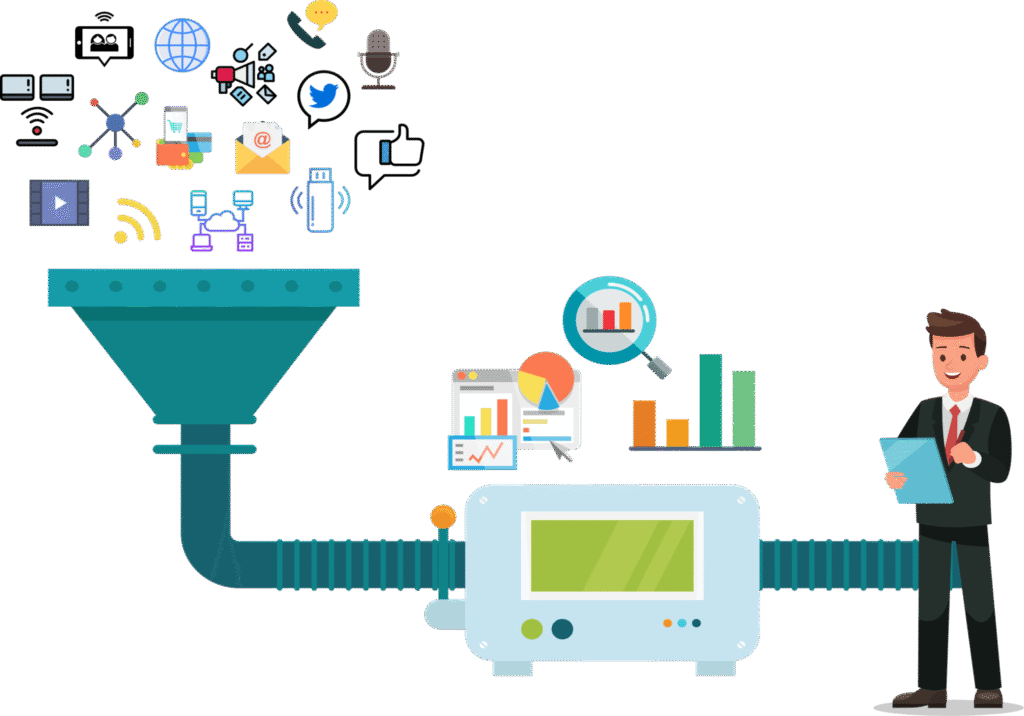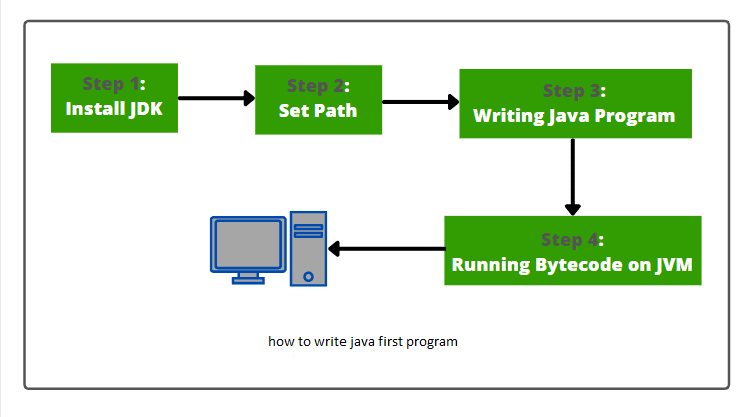Data science can seem like a daunting task at first, but it gets easier with proper planning and practice — math, code, statistics, mathematical problems, and coding and algorithms. The good news: You don’t have to learn everything at once. Plan a clear, project-led roadmap and follow it step by step so that it doesn’t get in the way or get in the way of learning. This plan breaks down learning into actionable steps, with concrete small problems and examples, so you always know what to do next.
A good (proper) roadmap for early learning:
1) Define your goals and domain
2) Learn Python + Tooling
3) Learn Core Math and Statistics
4) Master Data Wrangling (SQL + Pandas)
5) Learn Visualization and EDA
6) Learn Basic ML with Psychit-Learn
7) Practice Model Evaluation and Improvements
8) Do End-to-End Projects + Deployment
9) Build a Resume and Prepare for Interviews

1) Start by clarifying your goals:
First, determine why you are learning data science. Do you want a job as a data analyst, ML data scientist, or a job in healthcare/marketing? Decide what your interests are and why you want to do it (e.g., SQL and dashboards for analysts; ML and software engineering for ML roles).
Small problems: Write down 3 job titles or project types you want to do and list the 3 most important skills for each.
2) Learn Python and Developer Tooling (Fundamentals):
Python is an easy data science language to learn.
What to learn:
Python fundamentals: variables, control flow, functions, classes, and loops and algorithms.
Jupyter notebooks for exploration.
Virtual environments (venv/conda).
Git + GitHub fundamentals including how to use version control.
Solving small problems.
Solve 10 basic Python problems (loops, lists, dicts).
Create a Jupyter notebook that loads CSV and prints summary statistics.
Example (Quick Pandas Start):
3) Learn essential math and statistics:
You don’t need a PhD – but you do need these building blocks:
Descriptive statistics: mean, median, variance.
Probability basics and problem solving with distributions (normal, binomial).
Hypothesis testing and confidence intervals.
Linear algebra basics (vectors, matrices) to understand ML math so that it will be useful for you to solve mathematical alogrithms.
Basic calculus intuition (derivatives, gradients) — useful later for deeper learning.
Mini-task: Do a small project to calculate confidence intervals and interpret them on a small dataset so that it will be useful for you to create larger projects.


